
Fundamentals
Within the sacred expanse of Roothea’s ‘living library,’ the concept of Hair Regeneration holds a meaning far beyond mere biological processes. It represents a profound connection to the enduring spirit of textured hair, an echo of ancestral wisdom woven into the very fabric of our being. Hair Regeneration, at its simplest, speaks to the natural capacity of the hair follicle to produce new hair fibers, a continuous cycle of renewal that unfolds beneath the surface of the scalp. This biological rhythm, a dance of growth and release, forms the elemental basis of our hair’s journey.
Consider the intricate workings beneath the scalp’s surface. Each strand begins its existence deep within a tiny, specialized organ called the hair follicle. These follicles house remarkable cellular architects known as stem cells. These powerful cells possess the unique ability to divide and create new keratinocytes, the very building blocks of hair.
As older hair strands complete their life cycle and shed, these stem cells awaken, ready to commence the construction of a new fiber. This ongoing process, the genesis of fresh hair, is what we refer to as Hair Regeneration.
Hair Regeneration signifies the continuous renewal of hair, a deep biological rhythm mirroring the enduring vitality of our ancestral heritage.
For textured hair, this fundamental process carries particular significance. Afro-textured hair, characterized by its distinctive spirals and coils, emerges from elliptical follicles. This unique architecture, while offering protective advantages against the sun’s intense rays and facilitating air circulation, also presents specific considerations for care and maintenance. The understanding of Hair Regeneration, therefore, becomes not just a scientific inquiry, but a guiding principle for nurturing these unique strands, honoring their inherent structure and strength.
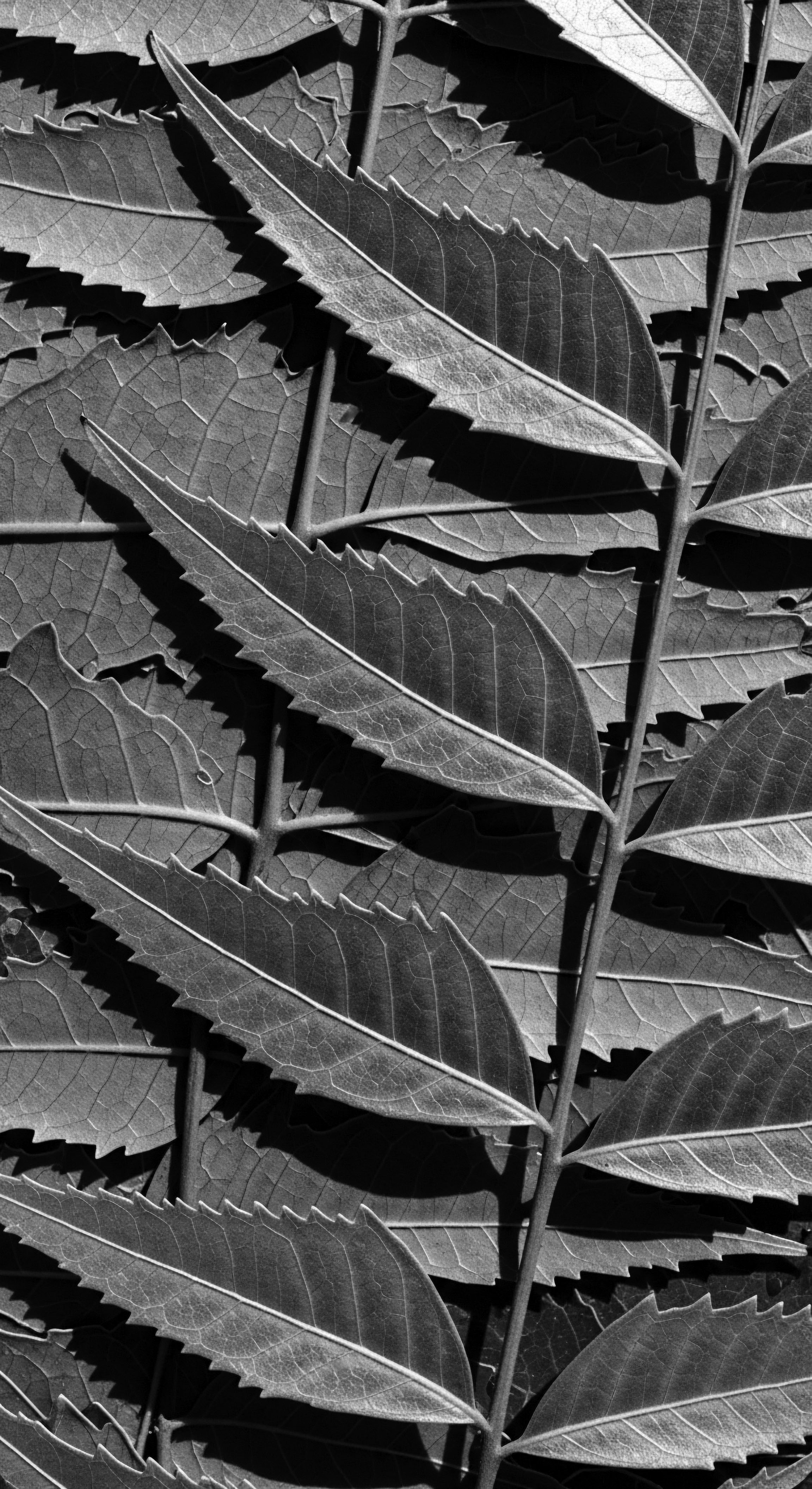
Echoes from the Source ❉ Ancient Roots of Hair Renewal
Long before modern scientific instruments revealed the microscopic details of hair follicles, ancient communities possessed an intuitive grasp of hair’s regenerative qualities. Their practices, steeped in observation and connection to the natural world, aimed to support the hair’s vitality and encourage its continuous growth. These traditions often recognized the scalp as the fertile ground from which hair sprung, necessitating careful tending and nourishment.
Across various indigenous cultures, the ritual of scalp oiling stood as a revered practice for hair health. In Ayurvedic traditions of India, for example, “shiro abhyanga” dates back over five millennia, using herbal-infused oils to strengthen hair and soothe the scalp. Similarly, within African traditions, a rich history of using natural oils and butters, such as shea butter and castor oil, demonstrates a long-standing understanding of their ability to seal in moisture, promote hair growth, and sustain scalp health. These ancient rituals were not merely cosmetic applications; they were holistic engagements with the body, mind, and spirit, recognizing the interplay between internal wellness and external appearance.
The wisdom of these early approaches highlights a deep respect for the hair’s inherent capacity for renewal. Rather than seeking to force hair into an unnatural state, these practices sought to cooperate with its natural rhythms, providing the optimal conditions for its healthy proliferation. This historical perspective grounds our present-day understanding of Hair Regeneration in a lineage of care that prioritizes harmony with the body’s innate capabilities.
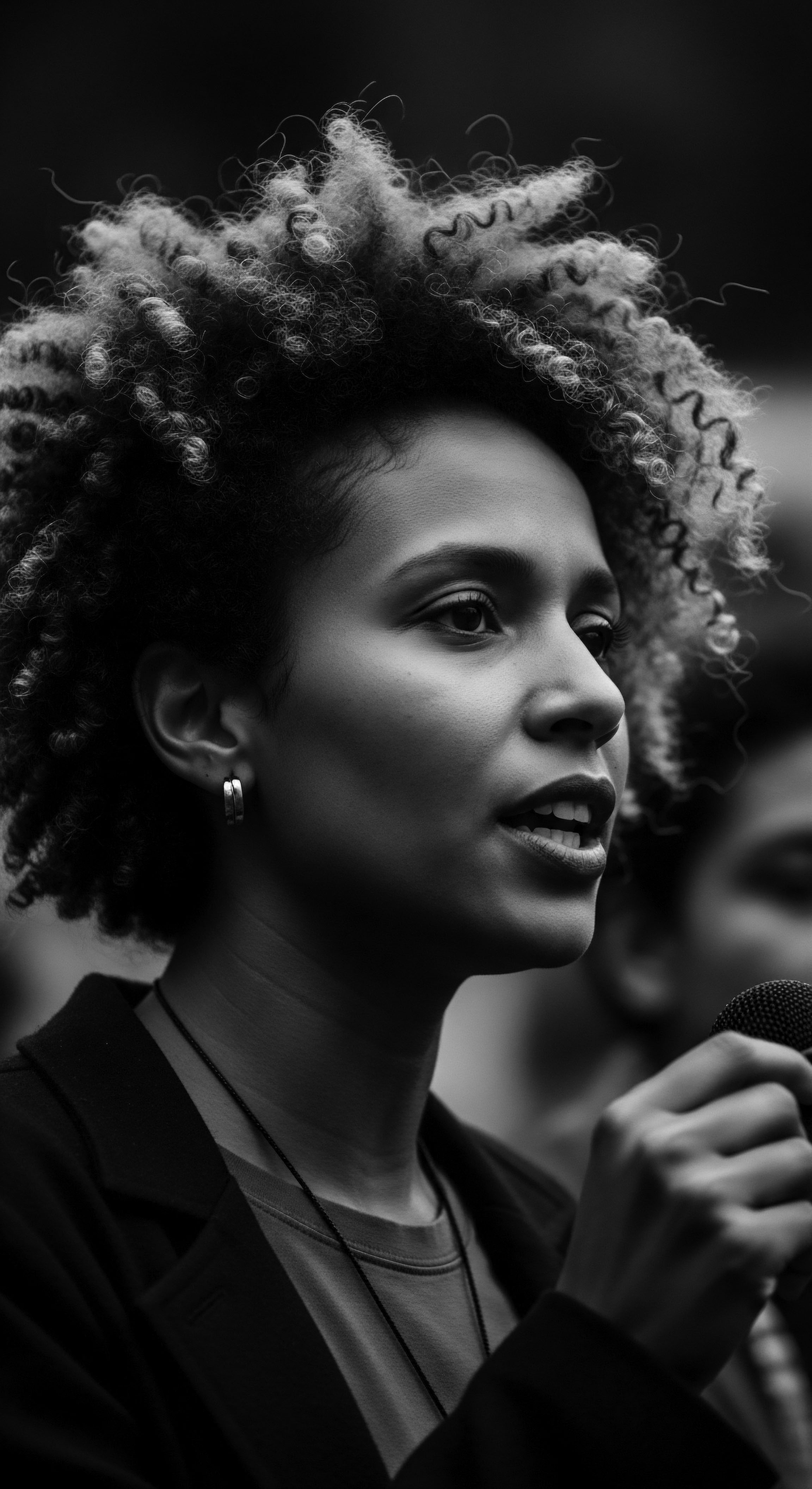
Intermediate
Building upon the elemental understanding of hair’s inherent renewal, the intermediate perspective on Hair Regeneration expands to consider the dynamic interplay of biological cycles, environmental influences, and the profound impact of care practices, especially for textured hair. This deeper look recognizes that while hair follicles possess an innate capacity for regeneration, external factors and historical contexts have shaped the lived experience of this process for Black and mixed-race communities.
Hair growth follows a cyclical pattern, a biological narrative with distinct phases ❉ anagen (the active growth period), catagen (a transitional stage), and telogen (a resting phase before shedding). The duration of the anagen phase largely determines the ultimate length a hair strand can achieve. For scalp hair, this growth period typically extends from two to five years. The health and vibrancy of these cycles are deeply affected by nutrition, stress, and the very practices we employ in caring for our strands.
Hair Regeneration, particularly for textured hair, is a complex interplay of inherent biological cycles and the profound influence of historical care traditions.
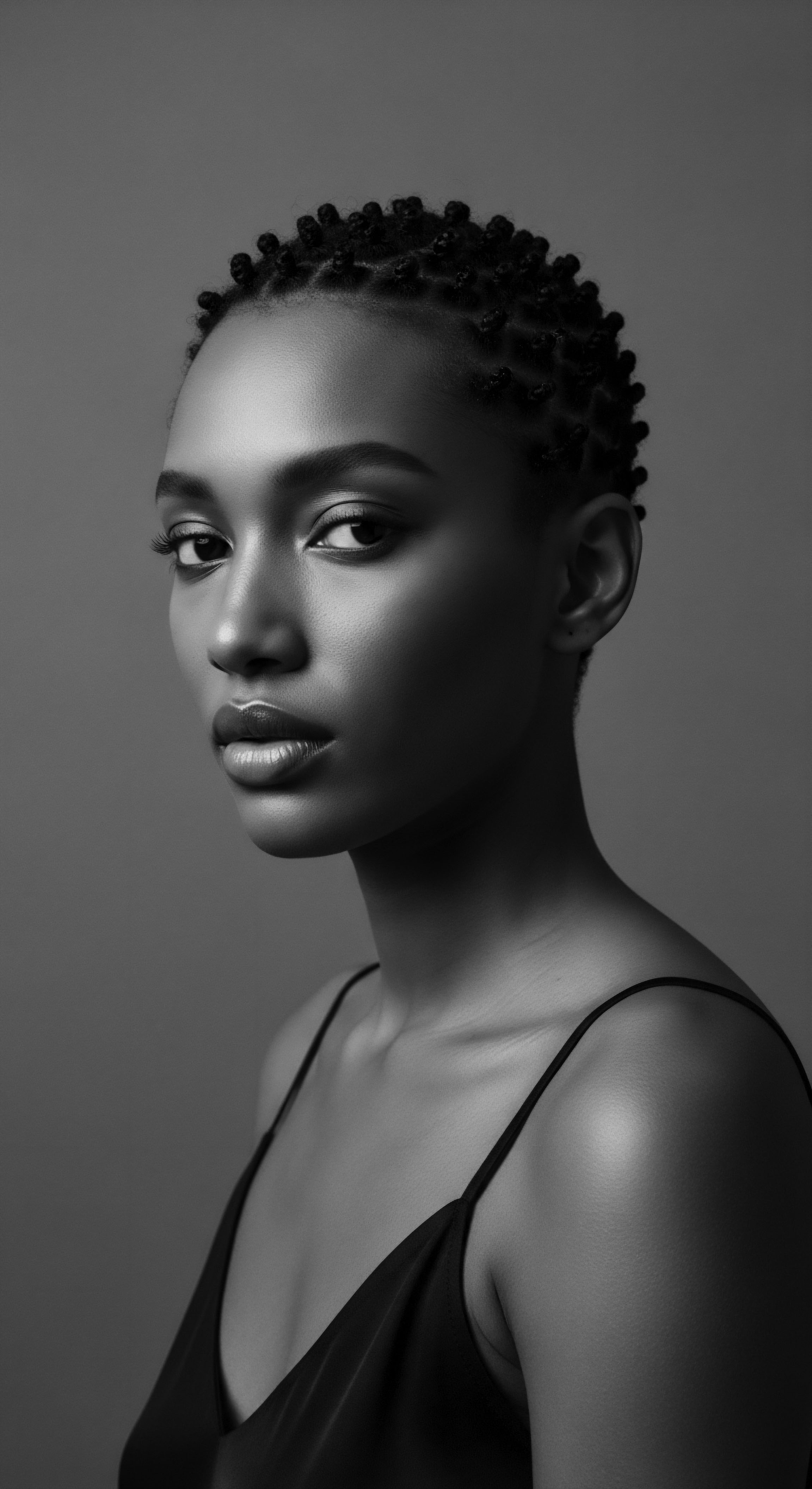
The Tender Thread ❉ Living Traditions of Care and Community
Ancestral practices for textured hair care were often communal, intergenerational affairs, transforming grooming into a shared ritual. In pre-colonial Africa, hair styling transcended mere aesthetics, serving as a powerful visual language. Hairstyles communicated geographic origin, marital status, age, ethnic identity, religion, wealth, and social rank.
The intricate processes, sometimes taking hours or even days, involved washing, combing, oiling, braiding, or twisting, and then adorning the hair with cloth, beads, or shells. This was a social opportunity, a time for bonding among family and friends.
This deep cultural meaning extended to the understanding of hair’s vitality. In some traditions, hair was viewed as containing a person’s spirit, holding enough power to influence spells, offer protection, or even amplify medicine. Leaders within communities, both men and women, often wore the most ornate styles, further emphasizing the connection between hair and status. These practices were not just about promoting growth; they were about maintaining the integrity of a sacred part of the self, ensuring its continuous, healthy expression.
The forced removal of African people during the transatlantic slave trade profoundly disrupted these ancestral practices. Slaveholders often shaved the heads of enslaved individuals, a deliberate act designed to dehumanize and strip away cultural identity. This violent severing from traditional care methods and access to native tools and ingredients resulted in matted, tangled, and damaged hair, often hidden beneath scarves. This historical trauma underscored the importance of Hair Regeneration not just as a biological fact, but as a symbol of enduring resilience and the reclamation of identity.
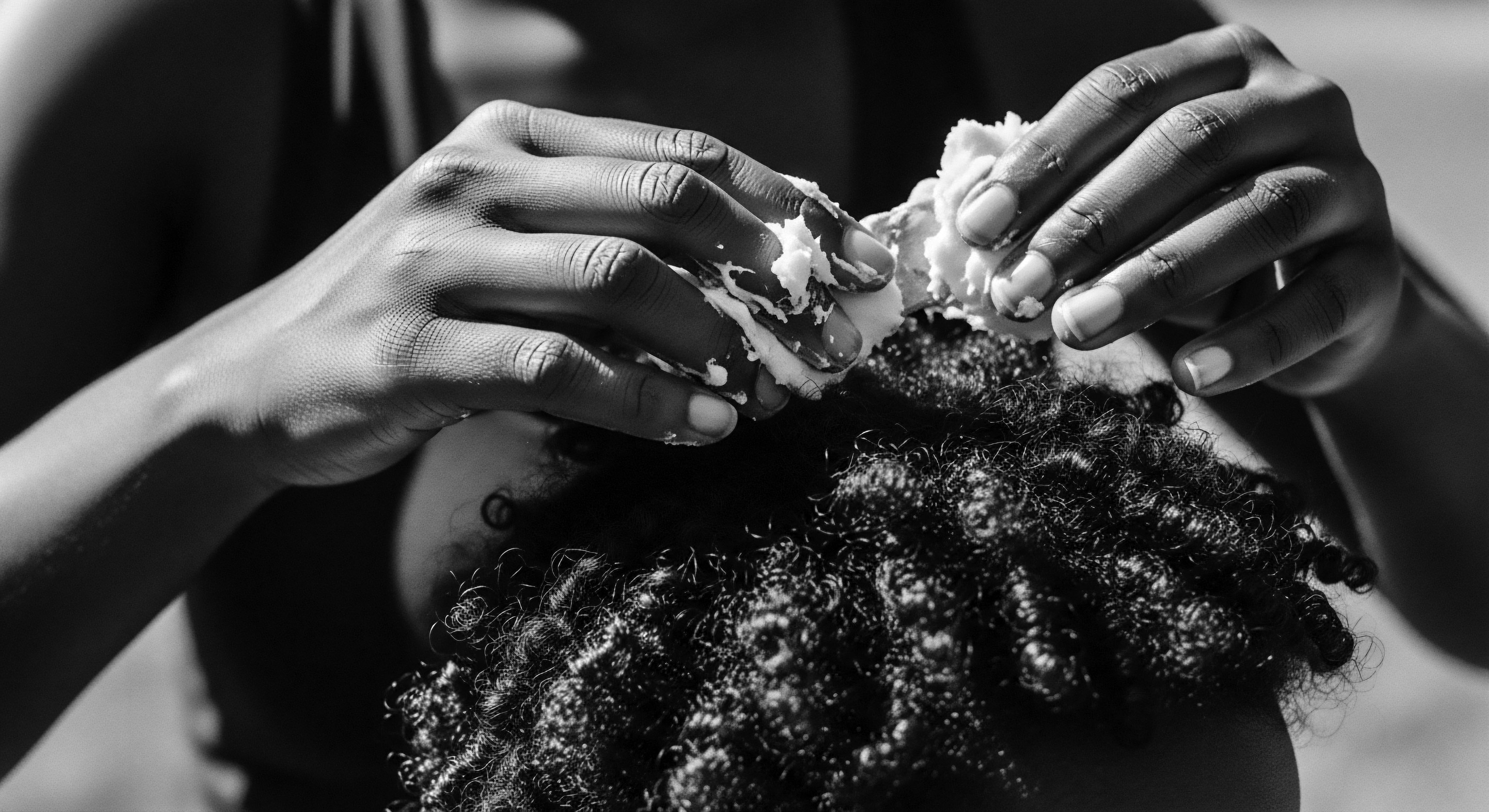
Nourishing the Root ❉ Traditional Ingredients and Their Efficacy
A deep knowledge of botanicals formed the bedrock of traditional hair care, with many ingredients revered for their capacity to support hair growth and scalp health. The application of various plant-derived oils and butters for scalp nourishment and hair vitality was a common thread across diverse African cultures.
- Shea Butter ❉ Extracted from the nuts of the African shea tree, this rich butter has been a staple for centuries, prized for its moisturizing and protective qualities, known to promote hair growth and maintain healthy strands.
- Castor Oil ❉ Ancient Egyptians were pioneers in its use for hair, recognizing its nourishing properties to maintain natural hair growth and strengthen follicles.
- African Black Soap ❉ A traditional West African cleanser, often made from shea butter and plant ash, known for its gentle yet effective cleansing without stripping the hair of its natural oils.
- Rooibos Tea ❉ Originating from South Africa, this tea possesses antimicrobial and antioxidant properties, believed to aid healthy hair growth.
- Rhassoul Clay ❉ From Morocco, this mineral-rich clay functions as a gentle mud wash, cleansing the hair and scalp without removing beneficial properties.
Contemporary ethnobotanical studies affirm the wisdom of these ancestral choices. A review of African plants used for hair treatment and care identified 68 species, with 30 of them showing research backing for hair growth and general hair care. These studies delve into mechanisms like 5α-reductase inhibition and the transition rate from the telogen to the anagen phase, scientifically validating long-held traditional beliefs.
For instance, in Northern Ghana, shea butter (Vitellaria paradoxa) is the most frequently used plant by women for skin smoothing and enhancing hair growth. This scientific affirmation of traditional knowledge bridges the gap between ancient wisdom and modern understanding, underscoring the enduring power of heritage in hair care.
| Traditional Ingredient/Practice Shea Butter (Vitellaria paradoxa) |
| Ancestral Application for Hair Renewal Applied to seal moisture, promote growth, maintain scalp health in African traditions. |
| Contemporary Understanding/Benefit Rich in fatty acids and vitamins, provides deep hydration, reduces breakage, and supports scalp barrier function. |
| Traditional Ingredient/Practice Castor Oil |
| Ancestral Application for Hair Renewal Used by Ancient Egyptians to strengthen hair and maintain natural growth. |
| Contemporary Understanding/Benefit Known for its ricinoleic acid content, it supports scalp circulation and may aid in follicle health for growth. |
| Traditional Ingredient/Practice Scalp Oiling Rituals |
| Ancestral Application for Hair Renewal Holistic practice across African, Ayurvedic, and other indigenous cultures to invigorate scalp and promote circulation. |
| Contemporary Understanding/Benefit Enhances blood flow to follicles, delivers nutrients, reduces dryness, and creates an optimal environment for hair regeneration. |
| Traditional Ingredient/Practice These examples illustrate how ancestral wisdom, passed down through generations, continues to inform and inspire effective strategies for supporting Hair Regeneration today. |
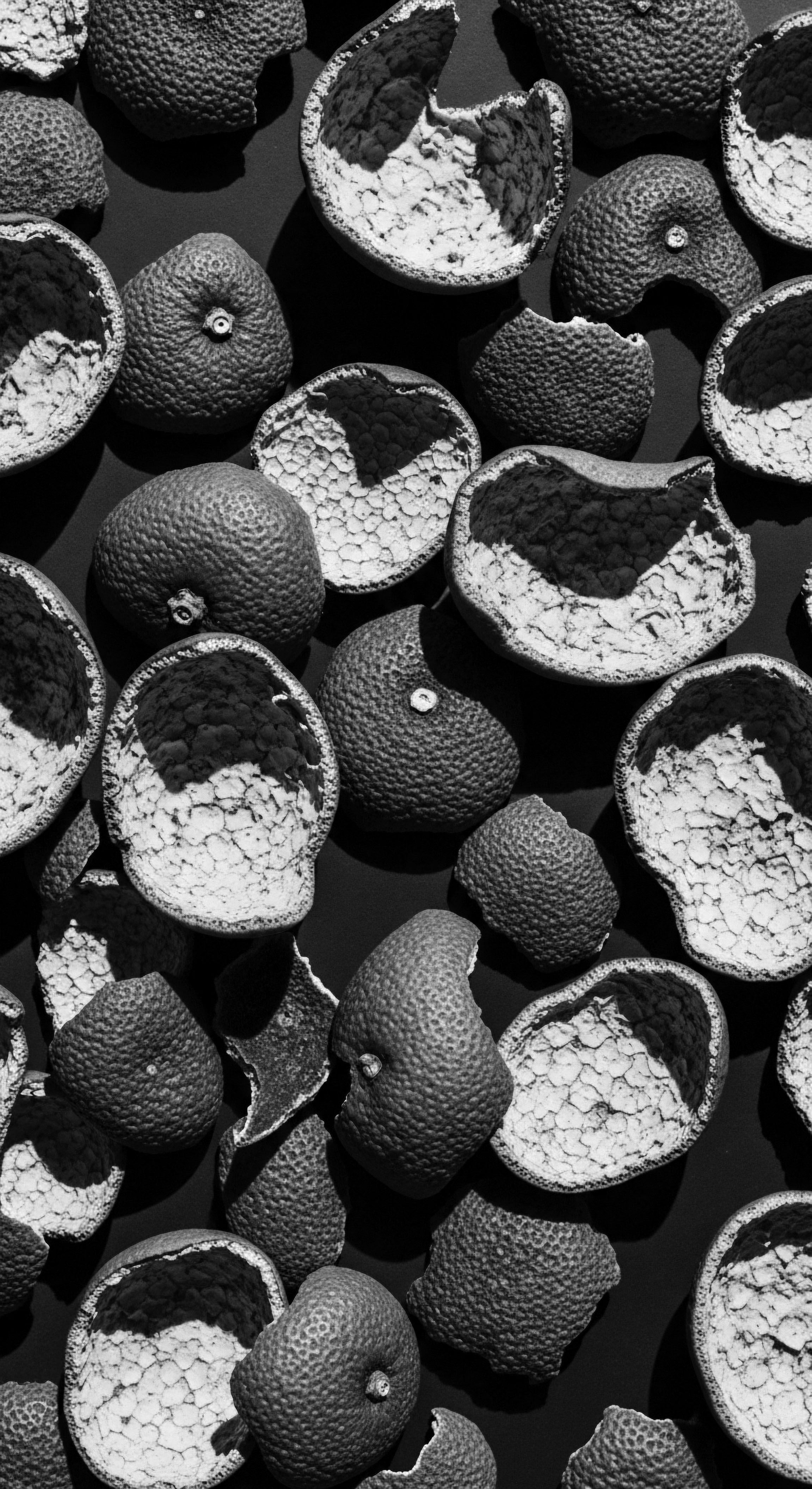
Academic
The academic understanding of Hair Regeneration transcends a simple explanation of growth cycles; it constitutes a detailed investigation into the complex cellular and molecular mechanisms governing hair follicle behavior, particularly as these processes intersect with the unique biological and historical experiences of textured hair. Hair Regeneration, in this context, refers to the intricate biological phenomenon by which the hair follicle, a dynamic mini-organ residing within the skin’s dermis, orchestrates the cyclical production of new hair shafts, ensuring the continuous renewal of the hair fiber. This delineation extends to the underlying genetic predispositions, epigenetic influences, and the profound impact of environmental stressors and historical care practices on the regenerative capacity of follicles, especially those yielding highly coiled strands. It is a specification that acknowledges the interplay between universal biological principles and the specificities of human diversity, aiming to clarify the multifaceted dimensions of hair’s renewal process.
The very architecture of Afro-textured hair, characterized by its elliptical cross-section and the acute angle at which it emerges from the scalp, renders it distinct from other hair types. This structural uniqueness, while offering evolutionary advantages like enhanced UV protection and scalp cooling in tropical climates, also creates points of inherent fragility. The tightly coiled nature of the hair fiber, for instance, means that natural oils produced by the sebaceous glands struggle to travel down the entire length of the strand, contributing to increased dryness and susceptibility to breakage. This biological reality directly impacts the perceived length retention and overall vitality of textured hair, framing Hair Regeneration as a process constantly contending with specific structural vulnerabilities.
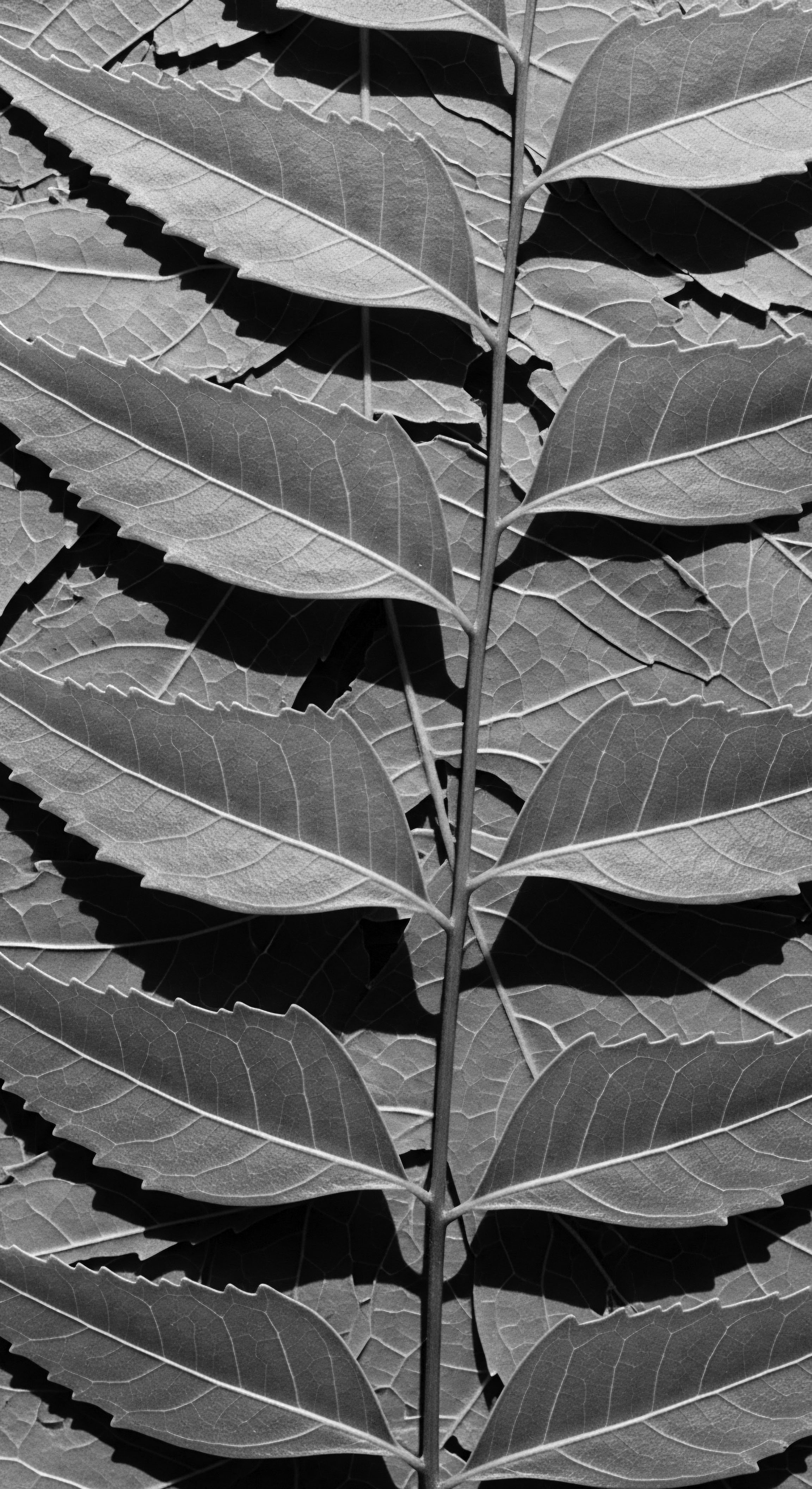
The Unbound Helix ❉ Decoding the Science of Hair Follicle Dynamics
At the heart of Hair Regeneration lies the remarkable activity of hair follicle stem cells (HFSCs). These multipotent cells reside within a specialized region of the follicle called the bulge. Their capacity for self-renewal and differentiation is paramount to the cyclical nature of hair growth, enabling the follicle to transition through its distinct phases ❉ anagen (growth), catagen (regression), and telogen (resting).
During the anagen phase, HFSCs activate, leading to a burst of proliferation and the formation of a new hair shaft. The duration of this anagen phase is a critical determinant of hair length, with longer anagen phases equating to longer hair.
Signaling pathways, such as the Wnt/β-catenin pathway, play a central role in regulating HFSC activity and hair follicle cycling. Variations in genes like WNT10A have been linked to conditions affecting hair follicle size, anagen phase duration, and hair thickness, including syndromes characterized by abnormally tightly coiled hair and an inability to grow long scalp hair due to a shortened anagen phase. This genetic underpinning offers a glimpse into the biological factors that contribute to the diversity of hair types and, consequently, the varying regenerative experiences across populations.
Hair Regeneration is governed by complex cellular signaling within the follicle, a process influenced by genetic factors and the unique structural properties of textured hair.

Interconnected Incidences ❉ The Socio-Biological Tapestry of Textured Hair Regeneration
The meaning of Hair Regeneration for Black and mixed-race hair experiences extends beyond mere cellular biology; it is deeply intertwined with a complex history of societal pressures and systemic biases. For centuries, Eurocentric beauty standards, which favor straight hair, have marginalized traditional Black hairstyles and influenced perceptions of hair health and growth. This pressure led to the widespread use of chemical relaxers and other harsh treatments designed to alter natural hair texture, often resulting in significant hair damage and scalp conditions.
One compelling example of this intersection between biology, culture, and societal impact is the disproportionate prevalence of certain hair loss conditions among Black women. Conditions like traction alopecia, caused by chronic pulling or tension on the hair follicles from tight hairstyles, and Central Centrifugal Cicatricial Alopecia (CCCA), a progressive scarring alopecia, are significantly more common in this demographic. This heightened susceptibility is not solely due to biological predisposition; it is exacerbated by the historical and ongoing societal pressure to conform to hair norms that often require styles detrimental to the hair follicle’s long-term health and regenerative capacity.
Research indicates that Black women experience hair loss and difficulty with hair growth retention at higher rates than most other racial groups. This disparity is rooted in a confluence of factors, including the inherent structural properties of Afro-textured hair, genetic influences, and the historical imposition of certain cultural practices. For instance, a study published in Practical Dermatology in 2023 highlighted that many Black patients perceive their dermatologists as lacking knowledge of Black hair, leading to a trust gap in seeking care for hair conditions. This lack of culturally competent care further complicates the journey of Hair Regeneration for individuals with textured hair, underscoring the need for a holistic approach that considers not only the biological mechanisms but also the social determinants of hair health.
The journey of Hair Regeneration for textured hair, therefore, is not merely a biological phenomenon to be observed; it is a profound testament to resilience. Despite historical attempts to suppress and devalue natural textured hair, ancestral knowledge of plant-based remedies and protective styling practices persisted. The rise of the natural hair movement, for example, represents a collective reclamation of identity and a deliberate return to practices that honor the inherent strength and beauty of textured strands.
This movement, which has seen a significant increase in Black women preferring their natural hair texture (a 23% increase from 2017 to 2020), has also spurred innovation in hair care products specifically designed for the unique needs of curly hair, demonstrating a powerful shift towards affirming the natural regenerative potential of these hair types. The deeper understanding of Hair Regeneration, viewed through this lens of heritage, empowers individuals to make informed choices that support their hair’s vitality while honoring a rich ancestral legacy.
Examining the historical continuity of traditional practices provides a critical lens for understanding modern approaches to Hair Regeneration. Many contemporary products and methods draw, consciously or unconsciously, from ancient wisdom. For instance, the resurgence of interest in scalp massages and natural oils echoes practices that were central to African and Ayurvedic hair care for millennia.
The modern scientific community, through studies in ethnobotany and dermatology, is increasingly validating the efficacy of many traditional plant-based remedies, connecting ancestral practices with observable biological benefits. This recognition reinforces the idea that true Hair Regeneration involves a symbiotic relationship between scientific understanding and the profound knowledge passed down through generations.
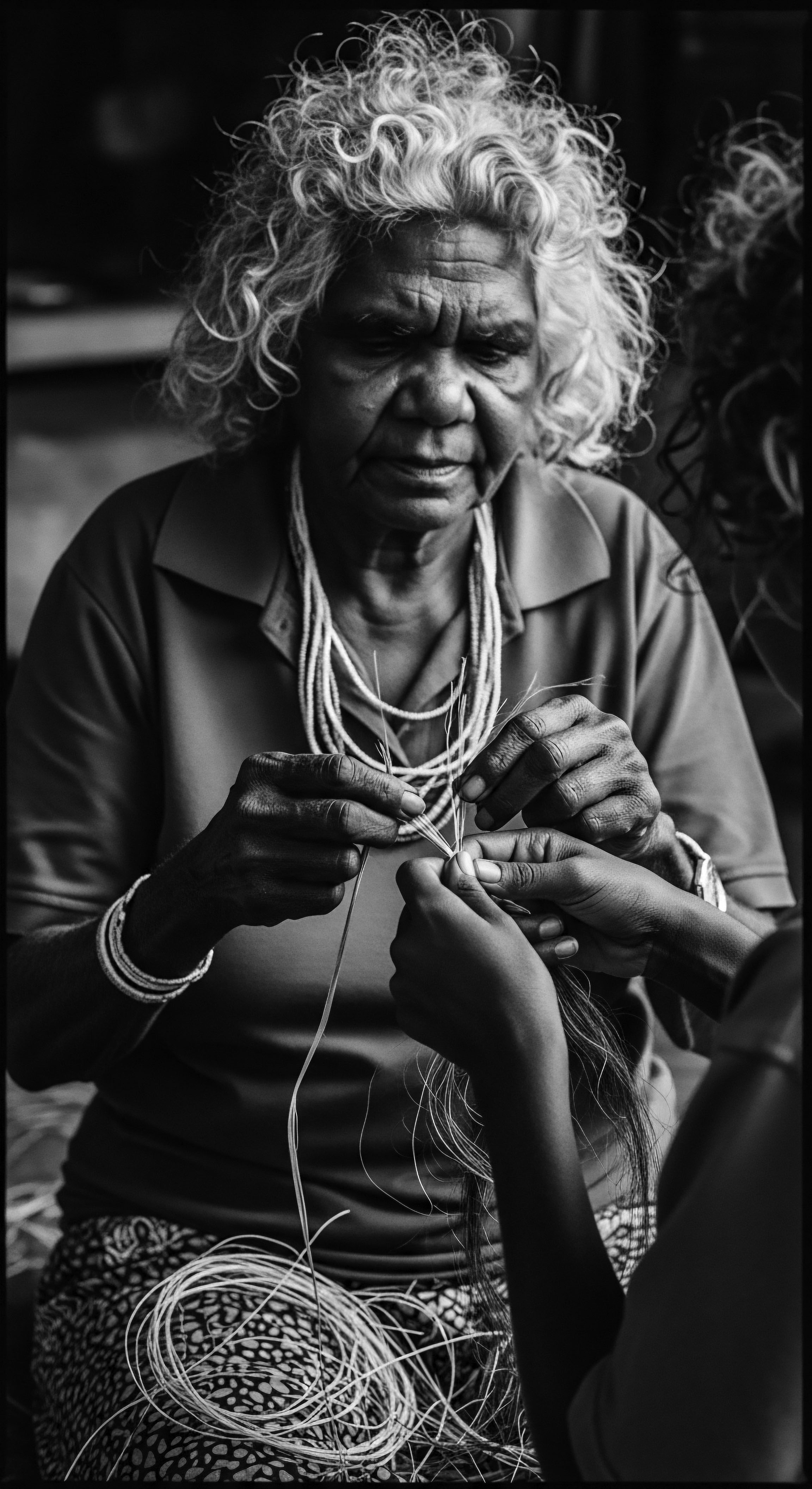
Ancestral Botanical Wisdom and Regenerative Potency
The historical use of specific plants for hair growth and scalp health across African communities offers a compelling case for the efficacy of traditional knowledge in supporting Hair Regeneration. A comprehensive ethnobotanical review identified a substantial number of African plants employed for various hair conditions.
- Aloe Vera ❉ Often used for its soothing properties, traditional applications included treating scalp irritation, which indirectly supports a healthy environment for hair growth.
- Fenugreek (Trigonella Foenum-Graecum) ❉ Seeds of this plant were used by ancient Egyptians to stimulate hair growth, a practice still recognized in some traditional medicine systems for strengthening hair shafts.
- Amla (Indian Gooseberry) ❉ While primarily associated with Ayurvedic traditions, its properties for strengthening follicles and stimulating growth have made it a cross-cultural reference in discussions of natural hair care.
- Neem (Azadirachta Indica) ❉ Valued for its antimicrobial properties, its traditional use in scalp treatments helps maintain a healthy environment conducive to regeneration.
These botanical applications were not haphazard; they reflected generations of empirical observation and refinement. The meaning of Hair Regeneration, therefore, becomes not just about stimulating new growth, but about fostering an ecosystem of scalp health that encourages the hair follicle to perform its regenerative function optimally. This involves a deep respect for the botanical allies that have supported textured hair through countless generations.
| Aspect of Hair Regeneration Scalp Health |
| Historical/Ancestral Approach Regular scalp oiling with natural butters (e.g. shea, castor) and herbal infusions to nourish and cleanse. |
| Contemporary Scientific Insight/Application Understanding of scalp microbiome balance, importance of blood circulation, and anti-inflammatory properties of natural extracts for optimal follicle function. |
| Aspect of Hair Regeneration Hair Fiber Strength |
| Historical/Ancestral Approach Protective styling (braids, twists, threading) to minimize manipulation and prevent breakage. |
| Contemporary Scientific Insight/Application Research into hair protein structures (keratin organization), moisture retention strategies, and the impact of tensile stress on fiber integrity. |
| Aspect of Hair Regeneration Growth Stimulation |
| Historical/Ancestral Approach Application of specific plant extracts (e.g. fenugreek, certain African botanicals) to the scalp. |
| Contemporary Scientific Insight/Application Studies on botanical compounds affecting hair follicle stem cell activation, anagen phase prolongation, and inhibition of enzymes linked to hair loss. |
| Aspect of Hair Regeneration The enduring efficacy of traditional practices, now increasingly validated by scientific inquiry, provides a comprehensive framework for advancing Hair Regeneration, particularly for textured hair. |
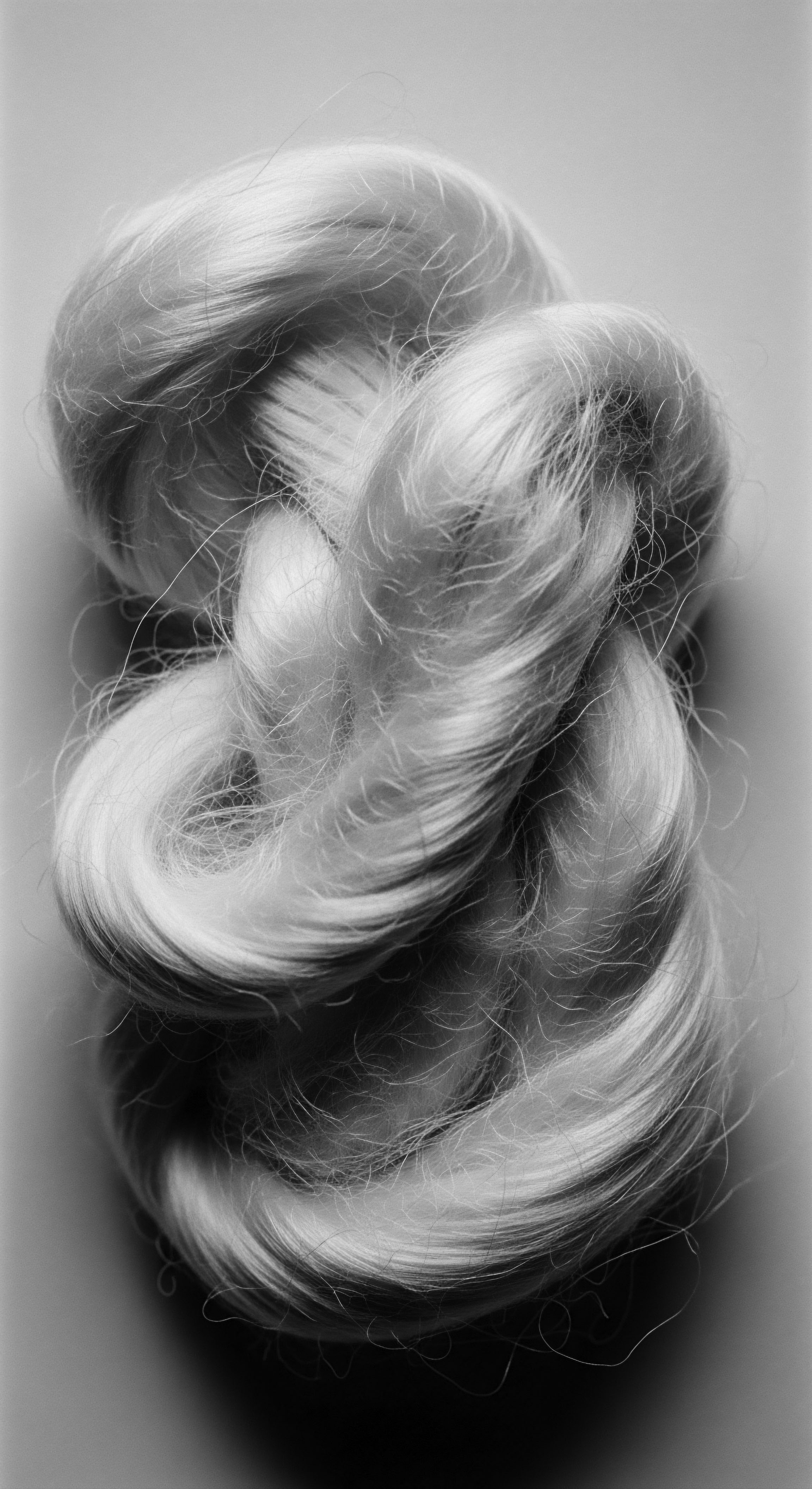
Reflection on the Heritage of Hair Regeneration
As we draw this meditation on Hair Regeneration to a close, we find ourselves contemplating not an endpoint, but a continuous unfolding. The meaning of hair’s renewal, especially for textured strands, is a narrative deeply embedded in the ‘Soul of a Strand’ ethos. It is a story of resilience, of enduring wisdom, and of an unbreakable connection to heritage.
From the ancient hearths where communal hands braided narratives into growing coils, to the modern laboratories deciphering the very code of the hair follicle, a singular truth persists ❉ our hair is a living archive. Each twist, every curl, holds generations of ancestral knowledge, triumphs, and profound expressions of identity.
The journey of Hair Regeneration, seen through this lens of heritage, is a testament to the body’s innate capacity for renewal, a capacity that ancestral practices instinctively understood and nurtured. It reminds us that care for textured hair is not merely a routine; it is a sacred dialogue with our past, a celebration of our present, and a powerful declaration for our future. By honoring the historical lineage of hair care, by understanding the profound connection between our strands and our ancestors, we not only support the biological process of regeneration but also revitalize a cultural legacy that continues to flourish. The vitality of our hair, therefore, becomes a vibrant expression of an unbound helix, ever growing, ever telling its story.

References
- Byrd, A. D. & Tharps, L. D. (2014). Hair Story ❉ Untangling the Roots of Black Hair in America. St. Martin’s Press.
- Dlova, N. C. & Ollengo, P. (2018). Traditional and Ethnobotanic Dermatology Practices in Africa. In Dermatology in the Tropics. IntechOpen.
- Glamour Garden. (2023, December 11). Traditional Indigenous Haircare ❉ Ancient Wisdom for Modern Hair Concerns .
- Happi. (2021, October 5). Hair Care Is a Focus in Africa .
- International Journal of Tourism and Hospitality Management. (n.d.). role of the hair in ancient Egypt .
- Kushwah, V. Jain, R. & Singh, R. (2023). Formulation and Evaluation of Herbal Hair Tonic ❉ A Comprehensive Review. Research Journal of Topical and Cosmetic Sciences.
- Lowe, H. I. C. et al. (2000). African Traditional Plant Knowledge in the Circum-Caribbean Region. UCLA Geography.
- MDPI. (2024, February 2). Cosmetopoeia of African Plants in Hair Treatment and Care ❉ Topical Nutrition and the Antidiabetic Connection? .
- Moore, C. (2014). Hair ❉ A Cultural History. Bloomsbury Academic.
- Quora. (2017, June 22). How did black people do their hair in Africa before slavery began? .
- Refinery29. (2021, February 23). The Evolution Of The Natural Hair Movement .
- Rodriguez, A. & Jackson, B. (2023, November). What Every Dermatologist Must Know About the History of Black Hair. Practical Dermatology.
- Sellox Blog. (2021, June 4). Ancient African Hair Growth Secrets For Healthy Hair .
- Shunji Matsuo Singapore Premier Japanese Hair Salon & Expert Haircuts. (2024, March 11). A Hairy Tale of the Past ❉ Unveiling Ancient Hair Treatment Methods You .
- Thompson, C. (2009). Hair Story ❉ The Beauty, Power, and Glamour of Hair in African American Culture. St. Martin’s Press.
- Vertex AI Search. (2024, December 18). Scalp Oiling ❉ The Ancient Ritual for Balanced, Healthy Hair and Scalp .
- Vertex AI Search. (2023, November 17). Haircare Rituals Around the World ❉ Exploring Global Traditions | Orlando Pita Play .
- Vertex AI Search. (2022, July 22). Why Half of African Americans Experience Hair Loss .
- Vertex AI Search. (2023, November 16). The Diversity of Hair Characteristics Across Human Populations – BA Notes .
- Vertex AI Search. (2024, June 12). Dermatology resident comfort level treating hair conditions related to patients with skin of color – PubMed Central .
- Vertex AI Search. (2023, November 30). What Every Dermatologist Must Know About the History of Black Hair .
- Vertex AI Search. (2024, February 23). Hair as Freedom | BUALA .
- Vertex AI Search. (2020, August 31). A Sacred Legacy ❉ On Black Hair And The Revolutionary Power of Self-Exp – GirlsOnTops .
- Vertex AI Search. (2021, August 26). No raw oils and butters vs. Traditional African hair care? ❉ r/Naturalhair – Reddit .
- Vertex AI Search. (2024, May 10). (PDF) Ethnobotany of traditional plant cosmetics utilized by women; A study in Northern Ghana – ResearchGate .
- Wikipedia. (n.d.). Hair .
